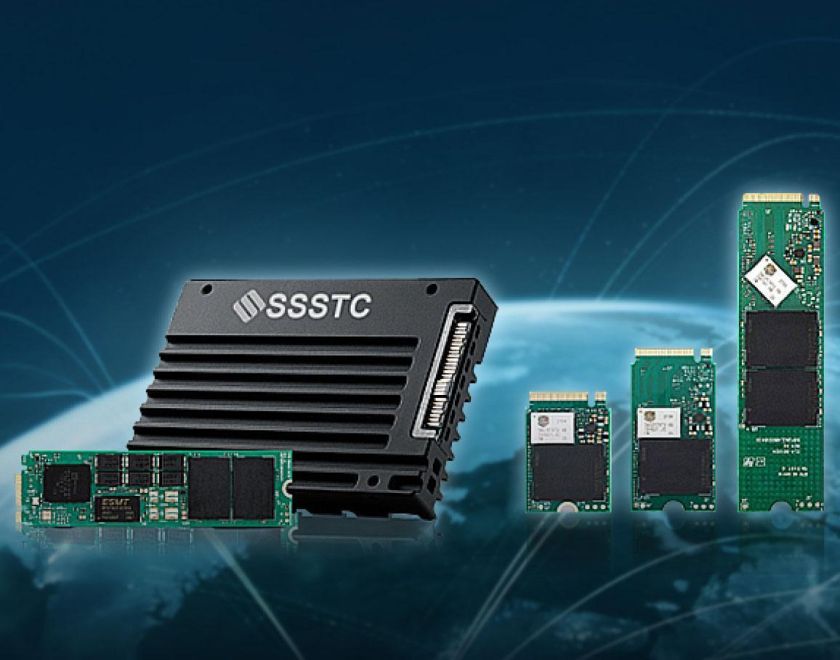SSD Interface Selection Guide: SATA, PCIe, and NVMe
Choosing the right interface in the SSD (Solid State Drive) market is a crucial step, as it directly impacts device performance, compatibility, and user experience. The primary SSD interfaces available in the market today include SATA and PCIe® with the NVMe™ protocol. This article provides an in-depth analysis of these interfaces' features and differences to help you make the best decision.
SATA Interface SSD
The Serial ATA (SATA) interface has been the standard for connecting storage devices for many years. It offers decent performance and wide compatibility with most devices. SATA SSDs are an economical choice for users seeking a reliable and straightforward solution. Among these, the CVC 2.5" SSD is a typical example of a SATA SSD, balancing performance and price effectively.
Key Factors to Consider with SATA SSDs:
- Speed Limitations:
SATA III has a maximum transfer rate of 6Gbps, approximately 600MB/s, which is sufficient for general office work and light multimedia tasks. Although slower than PCIe®, SATA still provides a significant performance improvement, especially when upgrading from traditional hard drives. - Compatibility:
Since the SATA interface has been around for years, most motherboards, laptops, and desktops support it, making it a suitable choice for upgrading older systems. - Cost-Effectiveness:
SATA SSDs are typically more affordable, making them ideal for budget-conscious users who do not require high speeds.
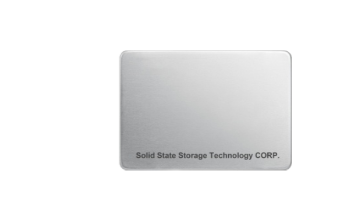
CVB 2.5''
NAND Flash: 3D TLC NAND Flash
Interface: SATA 3 (6Gb/s)
Sequential Read: UP to 550 MB/s
Sequential Write: UP to 510 MB/s
PCIe® Interface SSD
PCI Express (PCIe®, Peripheral Component Interconnect Express) is a high-speed serial bus designed for devices requiring substantial bandwidth, such as graphics cards. Applying PCIe® to SSDs brings enhanced performance, making it a popular choice for high-performance users. PCIe® SSDs offer significant advantages:
Consider the following aspects when opting for a PCIe SSD:
- Speed and Bandwidth:
PCIe® connections provide multi-channel transmission, with mainstream PCIe® SSDs often using four lanes (x4). This significantly outpaces SATA in bandwidth and data transfer speed. For instance, the CA6 M.2 2280 utilizes these features to deliver top-tier performance. - Enhanced Performance:
PCIe® SSDs excel in handling large file transfers, demanding applications, and heavy multitasking. They are ideal for high-performance applications like gaming, video editing, and large-scale data processing, making them the preferred choice for gamers, content creators, and professionals. - Low Latency:
PCIe® interfaces connect directly to the CPU, reducing data transfer latency and improving overall system responsiveness.
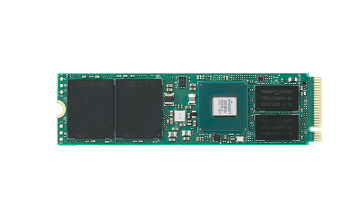
CA6 M.2 2280
NAND Flash: 3D TLC NAND Flash
Interface: PCIe® Gen4 x4
Sequential Read: UP to 6,800 MB/s
Sequential Write: UP to 4,800 MB/s
NVMe™ Protocol SSD
NVMe™ (Non-Volatile Memory Express) is a high-efficiency communication interface and driver specifically designed for SSDs. Leveraging PCIe®'s high bandwidth, NVMe™ optimizes SSD performance and efficiency by reducing latency and maximizing the potential of flash memory technology.
NVMe™ SSDs offer the following advantages:
- Unlocked Performance:
NVMe™ fully utilizes PCIe®’s high bandwidth, delivering faster data transfer rates and lower latency. Compared to the traditional AHCI protocol, NVMe™ offers several times the performance. This makes it ideal for high-load applications such as data centers, servers, and high-performance computing. For example, the CL4 M.2 2280 and CA6 M.2 2280 PCIe SSDs take full advantage of PCIe to deliver outstanding performance. - M.2 Interface:
NVMe SSDs typically use the M.2 form factor, offering a slim and efficient design that is perfect for laptops or small desktop computers. - Power Consumption:
NVMe™ SSDs are designed for high efficiency and often consume less power, extending battery life in mobile devices.
In conclusion, NVMe SSDs, particularly PCIe SSDs like the CL4 M.2 2280 and CA6 M.2 2280, offer a well-balanced combination of speed, performance, and price, suitable for various needs and budgets.
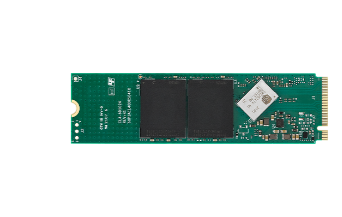
CL4 M.2 2280
NAND Flash: 3D TLC NAND Flash
Interface: PCIe® Gen4 x4
Sequential Read: UP to 3,700 MB/s
Sequential Write: UP to 2,600 MB/s
Recommendations for Choosing an SSD Interface
- Budget Considerations:
If you are on a budget and perform basic daily tasks, SATA SSDs are an economical choice. - Performance Requirements:
For tasks requiring high data transfer rates, such as 4K video editing or large-scale gaming, consider a PCIe® SSD with NVMe™ protocol for optimal performance. - Compatibility:
Before upgrading, ensure that your motherboard supports the chosen SSD's interface and protocol, particularly the type of M.2 slot (SATA or NVMe™).
By understanding the characteristics of various SSD interfaces, you can select the most suitable storage solution based on your needs and budget, enhancing your system's overall performance.
SSSTC provides the best quality, competitive cost mainstream storage products with superior customized service.Contact us to find more enterprise SSD or industrial SSD solutions.


__24C05D67dI.webp)
__24C15hqqtC.png)
__24C15wOdCC.png)









__24C05XQ2my.jpg)


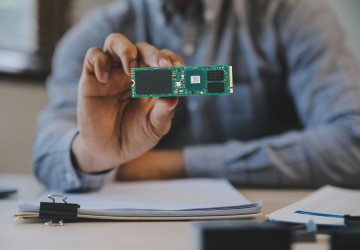
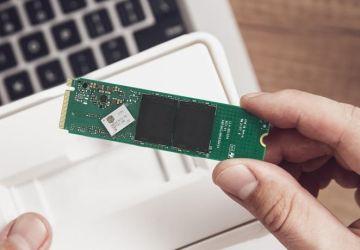



__24C05fplcZ.png)
__24C05vgHYC.png)
